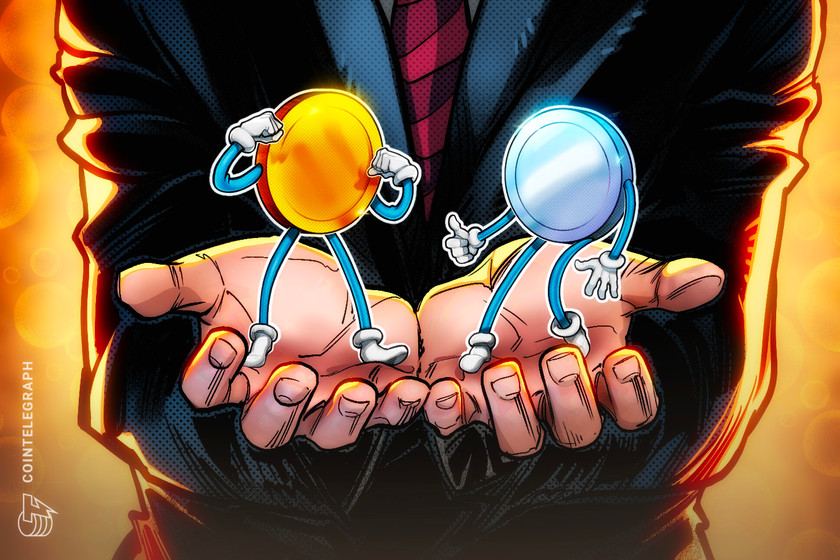Tron-based tokens sell at 1200% premium as FTX users scramble to withdraw


The JST token in particular is trading for a premium of around 1,200%, while BTT and TRX have inflated at least 500% apiece.
Tron-based tokens such as JUST (JST) have surged as much as 1000% on FTX as users scramble to find ways of extracting locked-up liquidity from the beleaguered exchange.
At the time of writing, Tron’s native token Tron (TRX) is trading at roughly $0.33 on the FTX exchange, more than five times its current market price, according to CoinGecko.
Meanwhile, BitTorrent (BTT), JST and the Sun Token (SUN) are trading on the exchange at premiums ranging from 525% to 1,196% compared with the market price. As it stands, the prices are extremely volatile and constantly changing.
The overinflation of Tron-related tokens comes after a Nov. 10 deal was struck which allows holders of assets such as TRX, BTT, JST, and SUN to withdraw funds.
This move has resulted in traders on FTX bidding up the price of Tron-related tokens to be able to recoup their locked funds. However, buying the tokens at the inflated price will likely lead to significant realized losses should they then sell them on any other exchange.
This means FTX customers get pennies on the dollar while Tron makes a ton of money.$TRX will be bid up on FTX as that is the only way to get out, but once people withdraw it they’ll have to sell it at market price, taking a huge loss on their original holdings. https://t.co/NkbXatmxXR
— leoglisic.eth (@Leo_Glisic) November 10, 2022
Limited withdrawals
FTX’s website says that it is currently unable to process withdrawals, with customers in The Bahamas, where the company is based, understood to be the only ones that can withdraw from the exchange.
Subsidiary FTX.US has also suggested that it could soon follow the same path by halting withdrawals.
It is also worth noting that FTX disabled new deposits of Tron-based assets as the withdrawals went live.
Related: FTX turmoil increases scrutiny of industry, something institutional investors have been waiting for
Twitter users such as davidiach on Nov. 11 have mused that FTX users could potentially get around the Bahamian loophole in particular by getting a local citizen to buy a low-cap asset on FTX, have them dump it on the overseas user and then get the Bahamian to ”withdraw the profits” for them for a fee.
One way to withdraw large amounts of money now is:
1. Have a Bahamian buy a very low liquidity coin on FTX
2. Pump it hard and let the Bahamian dump that coin on you.
3. Have the Bahamian withdraw the profits and give you the money minus a fee. https://t.co/Nei3zT3HMd— David Iach (,) (@davidiach) November 10, 2022
However, the feasibility of such appears to be in doubt, given that the Securities Commission of The Bahamas (SCB) froze the assets of FTX Digital Markets and “related parties” on Nov. 10 and suspended the firm’s registration in the country.







